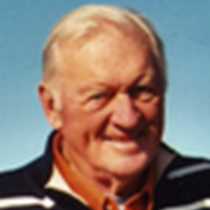Astoria, Oregon
In November and December of 1805 the Corps of Discovery struggled to find sustenance, dry timber, a food source, and escape from incessant rains and winds blowing up the Columbia River. When the National Geographic Sea Bird docked this morning in Astoria, the sun’s rays and calm water combined to welcome guests and staff to a very different river estuary than what the Corps experienced in 1805.
Fort Clatsop, 11 miles south of Astoria, seemed to be National Geographic Sea Bird turf. Our guests were the first to arrive in the morning and had the run of this national site for almost two hours. Fort Clatsop volunteers and National Geographic Sea Bird staff helped interpret one of America’s greatest stories – the third winter camp of the 33 intrepid explorers sent west by President Thomas Jefferson. New books in the Fort’s shop were popular, and helped summarize the staff’s many references during the week to Meriwether Lewis and William Clark.
The world-class Columbia River Maritime Museum, which rests along the Columbia River banks in Astoria, welcomed guests into its historic and artistic precincts. As usual, virtually everyone mentioned that there was not enough time to “see” everything.
The rocky headland of Cape Disappointment on the river’s Washington side provided an afternoon of sun-filled explorations of another Lewis & Clark interpretive site, with the delightful addition of meandering paths to nearby Waikiki Beach and motor coach narration along the route of both Lewis and Clark in 1805 as they explored forest, beach and tidelands leading to what is today called Long Beach, Washington.
Several guests found their way along the byways of downtown Astoria. This quaint town – once predicted to become a “New York” of the American West – holds surprises: a riverside trolley with volunteer conductors explaining the area’s wonders; a local chocolate factory; several bookstores; offbeat boutiques (one exclusively selling “rainwear”); and several coffee shops with colorful atmosphere. Astoria was named for the John Jacob Astor party which arrived here in 1811, just six years after the Lewis & Clark party. Although it has yet to become a “New York,” the little city has struggled and won over an invasion by the British, two great fires, the loss of a world-class fishery and downturns in employment in boat-building and timber industries.




